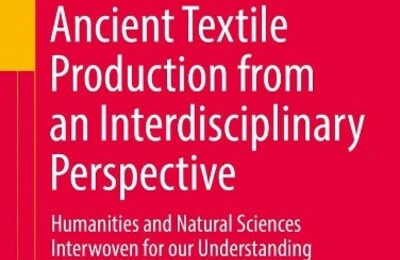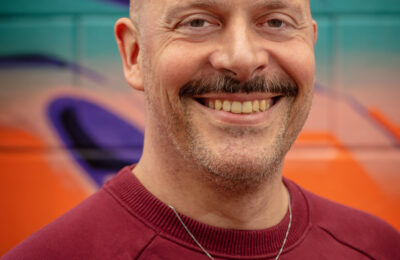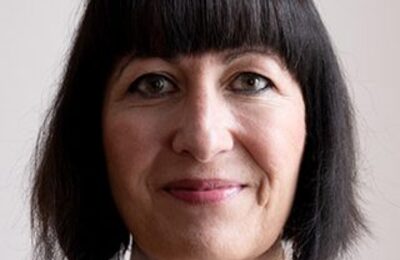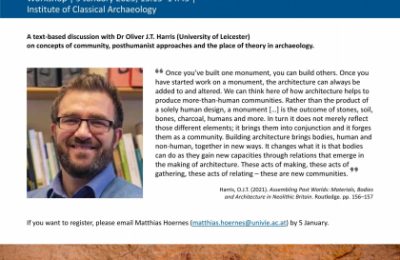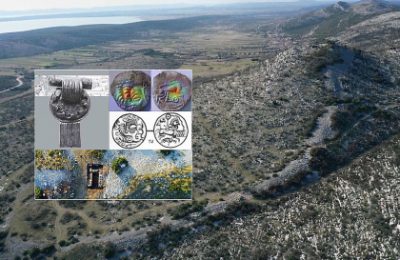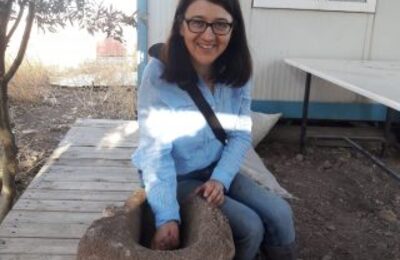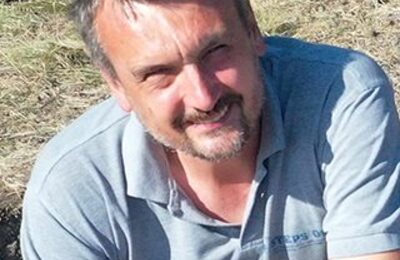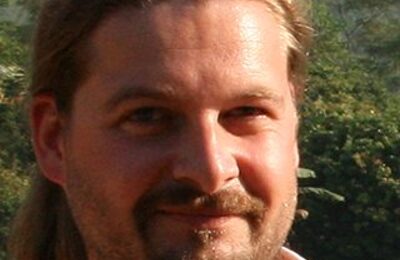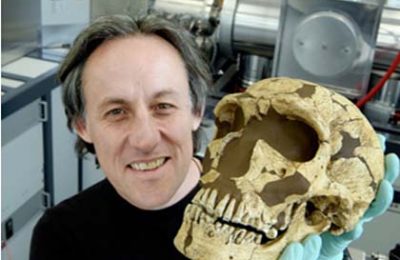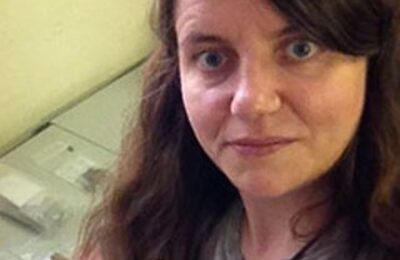Ancient Textile Production from an Interdisciplinary Approach: Humanities and Natural Sciences Interwoven for our Understanding of Textiles. By Karina Grömer
For decades, textile remains from archaeological contexts have come more and more into the focus of archaeological research. Recently, the book Ancient Textile Production from an Interdisciplinary Approach: Humanities and Natural Sciences Interwoven for our Understanding of Textiles, edited by Agata Ulanowska, Karina Grömer, Ina Vanden Berghe and Magdalena Öhrmann was published in the Springer’s series “Interdisciplinary Contributions to Archaeology” (2022). It derived from a session held at the European Archaeologists Association Conference in Bern 2019. https://link.springer.com/book/10.1007/978-3-030-92170-5 The motivation of the book is to improve the understanding of the role of textile production and textile products in the history of humankind. Embedding finds and their context information into socio-economical and cultural discourse contributes to a cultural anthropology of textile use. For the pre- and protohistory periods of Central Europe, it is a challenge that textiles are among those organic materials that are rarely preserved due to the prevailing climatic conditions. A wider goal was to present a comprehensive overview of the latest approaches and aims in archaeological textile research. In the last decades, standards have been set in studies on textile fibres, textile structures, dyes and textile tools. New methods for examining textile artefacts and tools have led to new ways of understanding textile craft in prehistoric and historic times – as well as their impact on economy, trade, social…
